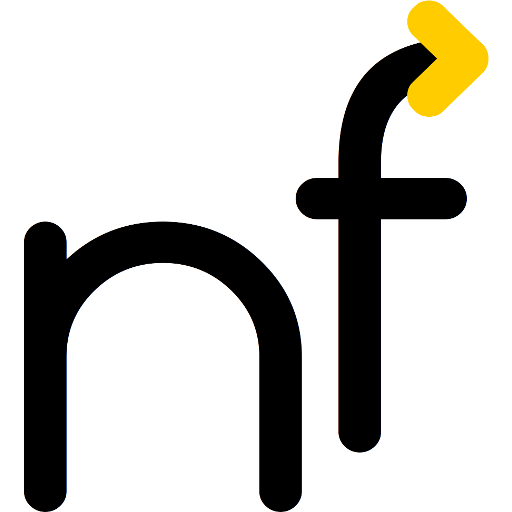This is the time to catch up on what you missed during the year. For some, it is meeting the family. For others, doing snowsports. For even others, it is cuddling up and reading. This is an article for the latter.
I looked at my access logs and started collecting a best-of list, sorted by number of page views. I hope some of them pique your interest. Enjoy!
There is also a 🇩🇪 German post summarizing the top-ten of my German articles. It is vastly different. Have a look here.
10. «Right to be Forgotten» void with AI? (2023-03)
A description how hard it is to eliminate results from AI #ChatBot responses and what this means to our rights.
9. Generating Multi-Architecture Docker Images Made Easy (2020-05)
Docker (and, by extension, Kubernetes) images are a versatile, high-level way of providing service and application abstraction. To some extent, it is platform-independent. However, it is not automatically processor-independent. Creating multi-architecture docker images is easier than what you think; using them is trivial (i.e., automatic).
Here my experiences for adding that to a few projects:
8. Configuring an NTS-capable NTP server (2022-01)
NTP (Network Time Protocol) is probably how your computer or mobile device knows about the current time, often accurate to only a few milliseconds.
Keeping accurate time is of essence to many applications, including whether a security certificate has expired.
NTS is to NTP what HTTPS is to HTTP: It provides authenticity of the source and prevents modification in-transit. And easy to upgrade.
7. A business-driven blockchain evaluation flow chart (2022-06)
Ever wondered whether your business needs a blockchain? This simple chart guides you through that process.
Originally by Rene Jan Veldwijk on 🐦; published with permission.
6. How to block AI crawlers with robots.txt (2023-07 ff.)
Can you prevent your content from being used by #AI companies? Not really. But here are some attempts to get you at least part of the way there. And what we should be doing to have the choice.
5. Bitcoin Block Timing Statistics (2022-03)
I absolutely have now clue why this article is in the 2023 top-5 of my most read English-language articles. (And I kind of forgot why I even did the research behind it in the first place.)
But hey, feel free to look how often and how much the interval deviates (and deviated) from its 10 minutes interval target.
4. Git, PGP, and the Blockchain: A Comparison (2022-02)
Most people, when they want #Blockchain, they are only interested in what #Git version control and #Timestamping actually deliver. Often, they do not even want immutability, but just transparency about the changes.
(And with that, you already know most of the article’s content. But feel free if you want to know more in-depth.)
3. Web3 is just expensive P2P (2022-05)
Wow, we’ve already reached the top-3! This article is why I had to activate real caching for my poor box; WordPress wasn’t able to handle the 40k accesses within a few hours. 😊
#Web3 is about decentralization. We already had that some 20 years ago, it was called peer-to-peer networking. It worked reasonably well. #Web3 essentially adds even more complexity and thus desperately needs a way to finance that complexity.
2. Transparent, Trustworthy Time with NTP and NTS (2021-12)
Number two is an old-timer, but still going strong.
The first article in the NTS series, it introduces the need for a secure time mechanism. And why it is important that Internet time also make the (easy!) move from NTP to NTS. It is almost as painless as moving from #HTTP to #HTTPS today, thanks to Let’s Encrypt and the ACME protocol (Automated Certificate Management Environment).
Aaaand the winner iiiiis:
1. How does ChatGPT work, actually? (2023-01)
A relatively easy-to-grasp explanation how ChatGPT works, yet still accurate on a high level. Starting with an explanation of ChatGPT’s little cousin, NanoGPT, and then describing the differences.
Essentially it is a dual translation of Andrej Karpathy’s NanoGPT video: Format from video to text; target audience from programmer to general public.
Enjoy!
My favorites?
In my opinion, all of the articles above are worthwhile their time, with the exception of the Bitcoin Block Timing article. But some of the articles I would into my personal top-ten list are missing:
- Inefficiency is bliss (sometimes) (2023-07): Certain things take time and effort, such as buying a house. Blockchain proponents argue, that modelling houses as NFTs would be a great improvement. I think buying and selling your home should not be an automated process, and definitely not as an NFT.
- Post Quantum and Homomorphic Encryption made easy (2023-02): There is a lot of discussion about modern cryptographic wonders. But, they can be explained as child’s play (at least the basic ideas behind them).
- Identifying AI art (2023-01) and Reproducible AI Image Generation: Experiment Follow-Up (2022-12): Get a gut feeling of how Generative AI such as DALL-E or MidJourney or Stable Diffusion create their images. And what can go wrong. (And a teeny little bit of «why».)
- The FTX crypto exchange and its spider web (2022-12): A high-level overview what supposedly happened at FTX.
- Web3 for data preservation? (Or is it just another expensive P2P?) (2022-11): How can we deal with and preserve our accumulated data? No easy solution there, but Web3 will not be part of it, anyway.
- «The Cloud» does not exist (2022-11): We’re treating all remote computers the same. But security-wise, we shouldn’t. An attempt at structuring the cloud in order to make the right security decisions. (And understand the limitations.)
- What is an NFT, behind the scenes? and Rejuvenation for Pro Senectute through NFT and Metaverse? (both 2022-10): A lot of the things that NFT claims to be, they aren’t. I tell you why. And you shouldn’t use them for educating the elderly. Obviously, IMHO.
What is your favorite article? Tell it in the comments or on social media (preferable the Fediverse, where I’m reachable at https://waldvogel.family/@marcel).



